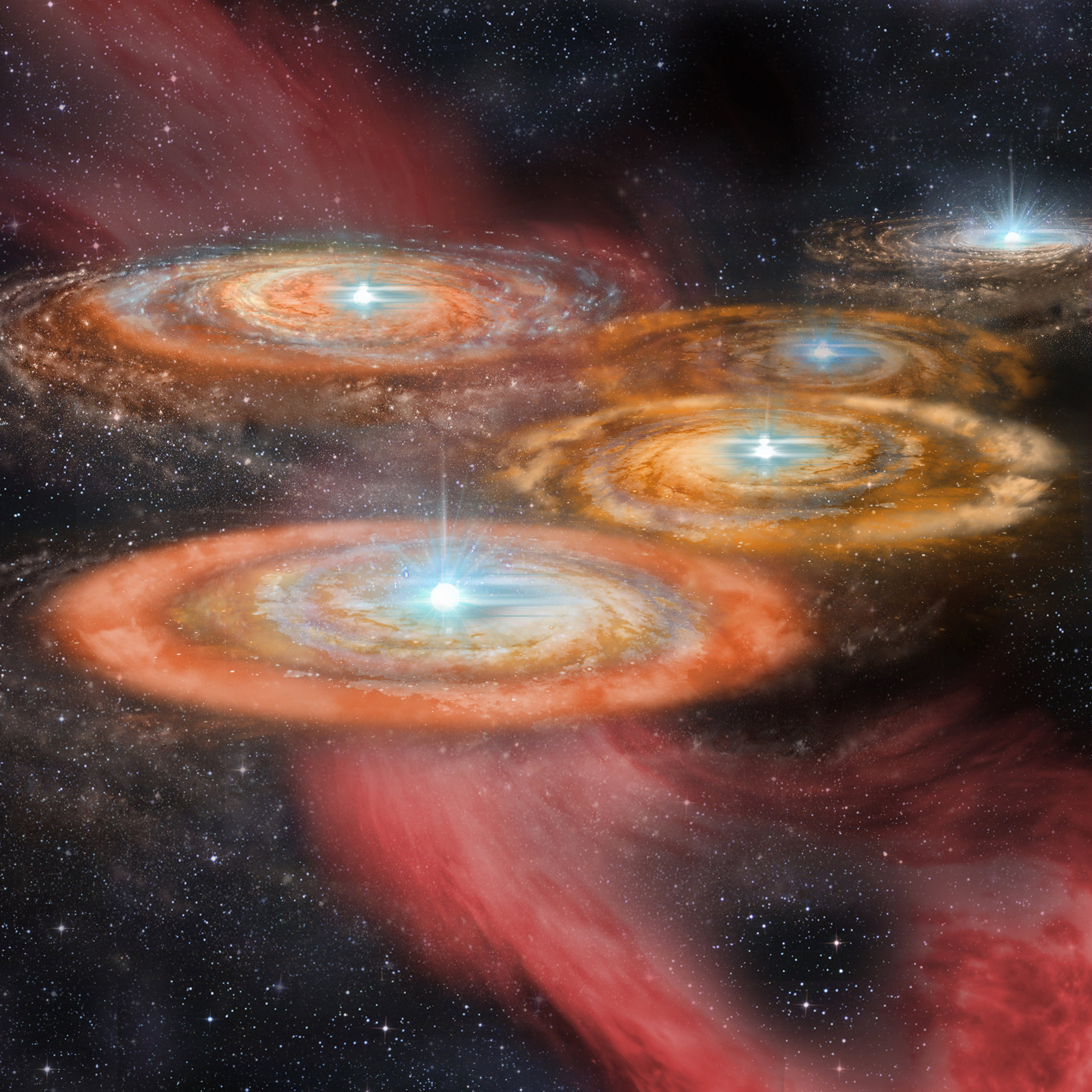- Cluster Of Atoms For Short
- Cluster Of Atoms
- Cluster Of Atoms Daily Themed Crossword
- Cluster Of Atoms For Short Crossword
In physics, the term clusters denotes small, multiatom particles. As a rule of thumb, any particle of somewhere between 3 and 3×107atoms is considered a cluster. Two-atom particles are sometimes considered clusters as well.[citation needed] A two atom particle may also be a molecule.
Energetically favourable patterns of atoms on a cluster's surface can force a re-arrangement in the interior. Hence clusters can, and do, adopt new atomic arrangements, which may be forbidden in the bulk 4, e.g. In most materials that are face-centred-cubic (fcc) in the bulk, small clusters form with axes of five-fold symmetry (icosahedral. In chemistry, an atom cluster (or simply cluster) is an ensemble of bound atoms or molecules that is intermediate in size between a simple molecule and a nanoparticle; that is, up to a few nanometers (nm) in diameter. The term microcluster may be used for ensembles with up to couple dozen atoms. The reason you are here is because you are looking for the Cluster of atoms for short crossword clue answers and solutions which was last seen today March 24 2020, at the popular Daily Themed Crossword puzzle. Clue: Cluster of atoms for short Possible Solution: MOL Already found the solution for Cluster of atoms for Read more →.
The term can also refer to the organization of protons and neutrons within an atomic nucleus, e.g. the alpha particle (also known as 'α-cluster'[1]), consisting of two protons and two neutrons (as in a helium nucleus).
Overview[edit]
Cluster Of Atoms For Short
Although first reports of cluster species date back to the 1940s,[2] cluster science emerged as a separate direction of research in the 1980s, One purpose of the research was to study the gradual development of collective phenomena which characterize a bulk solid. These are for example the color of a body, its electrical conductivity, its ability to absorb or reflect light, and magnetic phenomena such as ferro-, ferri-, or antiferromagnetism. These are typical collective phenomena which only develop in an aggregate of a large number of atoms.
Cluster Of Atoms
It was found that collective phenomena break down for very small cluster sizes. It turned out, for example, that small clusters of a ferromagnetic material are super-paramagnetic rather than ferromagnetic. Paramagnetism is not a collective phenomenon, which means that the ferromagnetism of the macrostate was not conserved by going into the nanostate. The question then was asked for example, 'How many atoms do we need in order to obtain the collective metallic or magnetic properties of a solid?' Soon after the first cluster sources had been developed in 1980, an ever larger community of cluster scientists was involved in such studies.
This development led to the discovery of fullerenes in 1986 and carbon nanotubes a few years later.
In science, a lot is known about properties of the gas phase; however, comparatively little is known about the condensed phases (the liquid phase and solid phase.) The study of clusters attempts to bridge this gap of knowledge by clustering atoms together and studying their characteristics. If enough atoms were clustered together, eventually one would obtain a liquid or solid.
The study of atomic and molecular clusters also benefits the developing field of nanotechnology. If new materials are to be made out of nanoscale particles, such as nanocatalysts and quantum computers, the properties of the nanoscale particles (the clusters) must first be understood.
See also[edit]
Cluster Of Atoms Daily Themed Crossword
References[edit]

Cluster Of Atoms For Short Crossword
- ^Extreme α-clustering in the 18O nucleus.
- ^Mattauch J.; Ewald H.; Hahn O.; Strassmann F. (1943). 'Hat ein Caesium-Isotop langer Halbwertszeit existiert? Ein Beitrag zur Deutung ungewöhnlicher Linien in der Massenspektrographie'. Zeitschrift für Physik. 120 (7–10): 598–617. Bibcode:1943ZPhy..120..598M. doi:10.1007/BF01329807.
External links[edit]
- Scientific community portal for clusters, fullerenes, nanotubes, nanostructures, and similar small systems.

